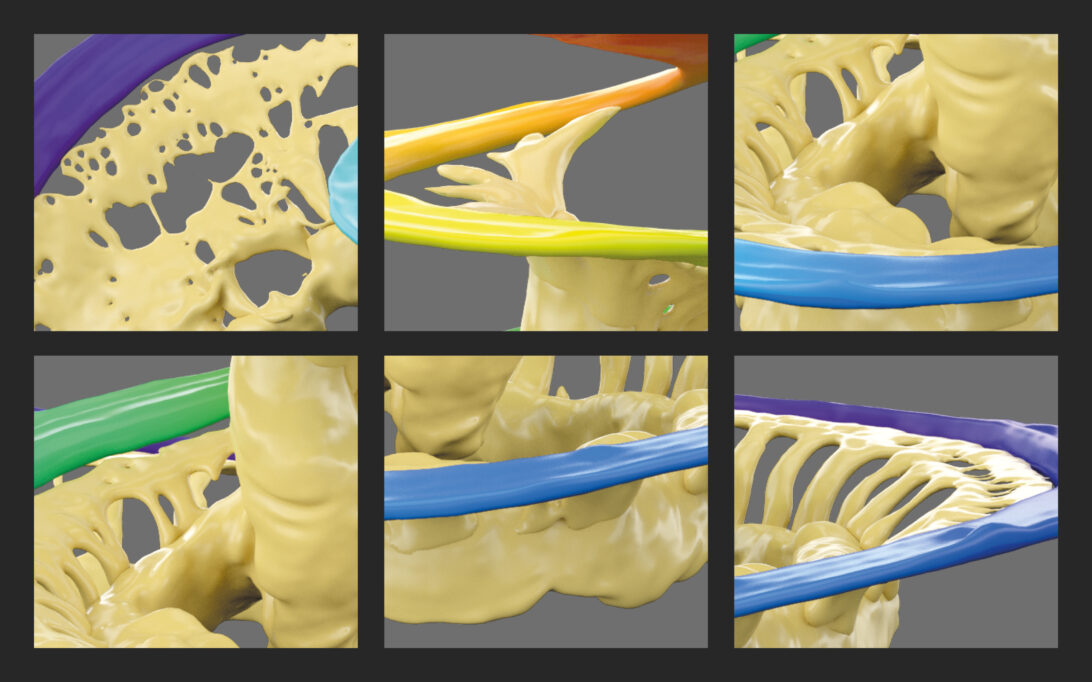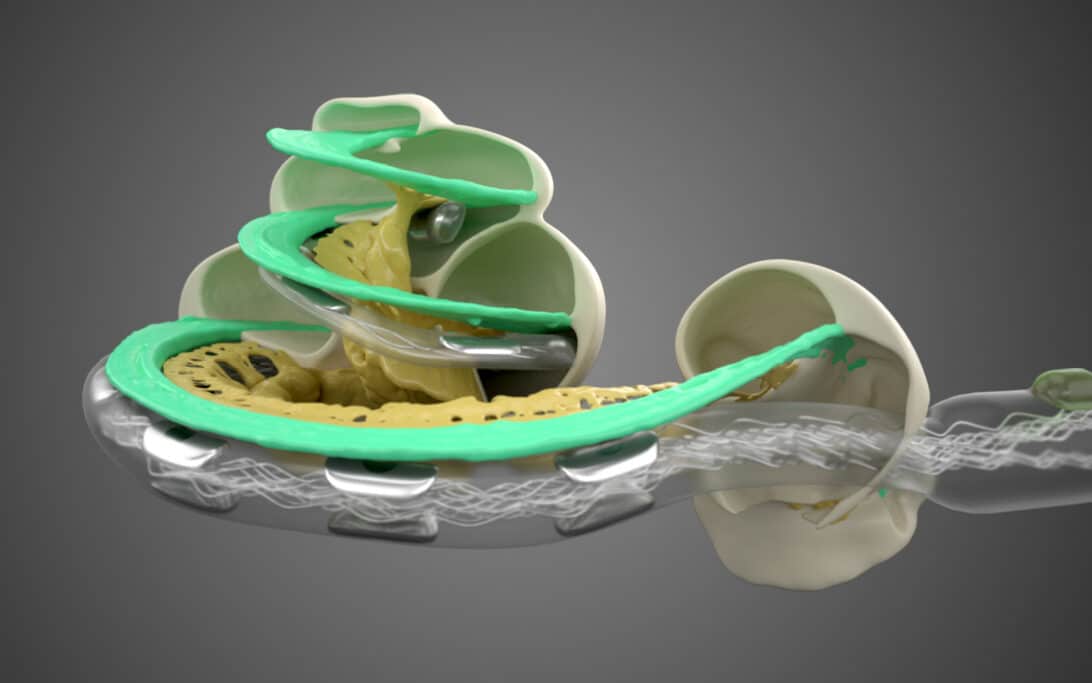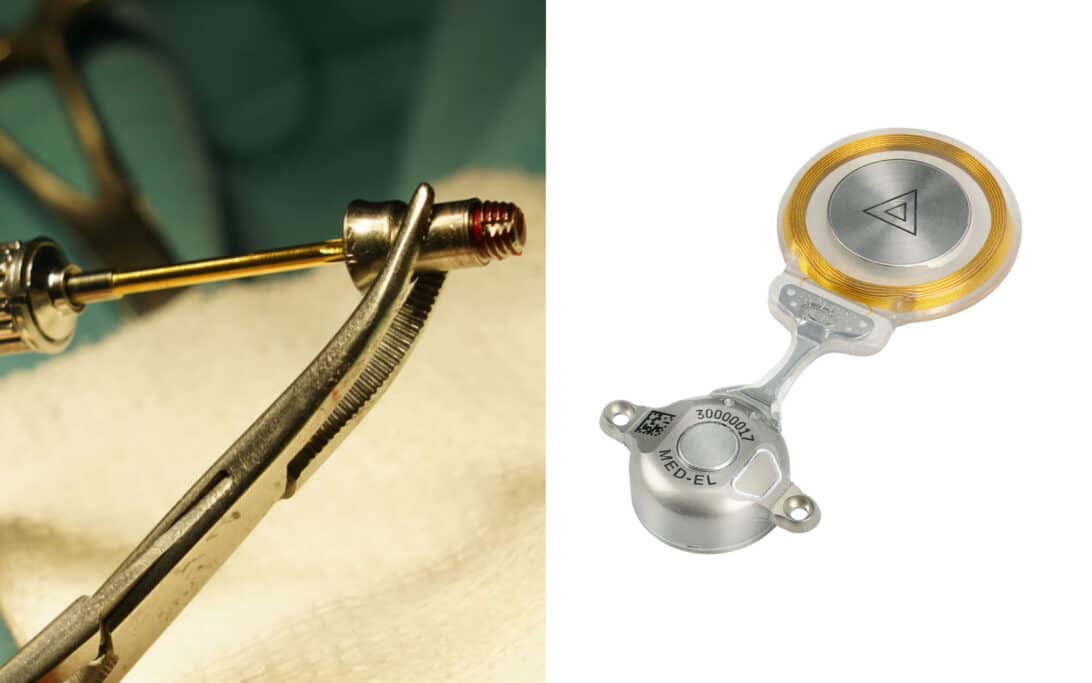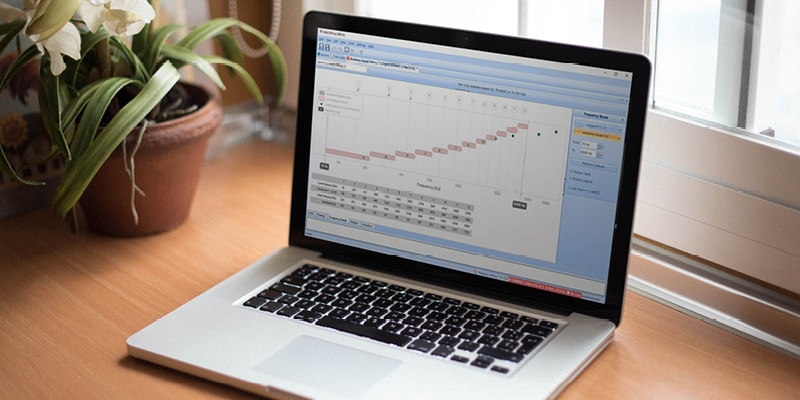
MED-EL has focused decades of research on residual hearing preservation. Here are the results, along with some of the secrets to our success.

MED-EL has focused decades of research on residual hearing preservation. Here are the results, along with some of the secrets to our success.

A cochlear implant electrode serves not only as a crucial bridge between technology and nature that connects recipients to sound. The electrode array can significantly impact hearing outcomes. For instance, there is now growing consensus among researchers that stimulating more of the cochlea is associated with better speech perception and music appreciation. Here is the latest research you need to know to ensure each of your patients can benefit the most from their cochlear implant.

The active, transcutaneous BONEBRIDGE BCI 602 implant offers clear advantages over percutaneous BAHA (bone-anchored hearing aid) implants. Time and again, BAHAs are explanted and replaced with BONEBRIDGE. Leading ENT surgeons have reached an international consensus and established guidelines for the explantation of a BAHA followed by implantation of BCI 602.

We just revealed our latest innovations at CI2024 in Las Palmas de Gran Canaria, Spain. There we unveiled new tools to enable clinicians to provide follow-up fitting care remotely to MED-EL cochlear implant users without an appointment. We also offered a sneak peek into what’s coming soon for cochlear implantation and RONDO 3 users.

A new user interface, fully automatic 3D reconstruction and measurement of inner ear structures, simultaneous preoperative visualizations of various electrode arrays in the cochlea, support for placement planning of cochlear and bone conduction implants, and extensive postoperative analysis tools—those are just a few of the innovative features in the newest version of OTOPLAN. This software solution makes it possible to individualize hearing implant surgery—from planning the operation to the audiological fitting—like never before.

Clinicians are just starting to discover the great potential of anatomy-based fitting, an approach to cochlear implant frequency mapping that only MED-EL offers as part of our fitting software, MAESTRO, which is available to clinicians. It is the next step forward in providing cochlear implant recipients closer to natural hearing. As a new feature introduced with the release of MAESTRO 9.0, anatomy-based fitting (ABF) allows you to align the frequency map stimulated by the CI to the natural place-pitch frequency map in the cochlea as best as possible.